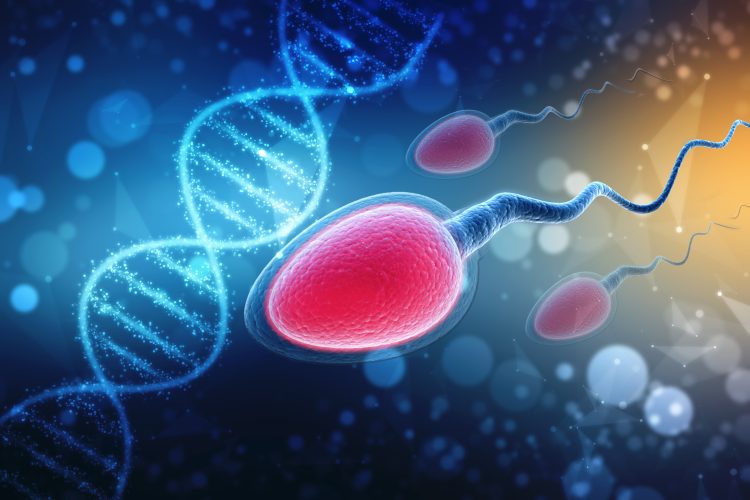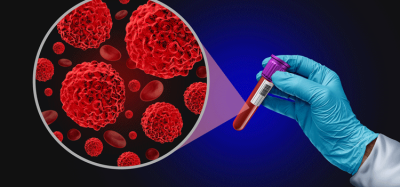SPOCD1 and C19ORF84: insights into severe male infertility
Posted: 15 February 2024 | Drug Target Review | No comments yet
Researchers have discovered the role of two genes that protect mammalian germ cells, which could influence male fertility.


A team of researchers, led by the University of Edinburgh, have discovered the essential role of two genes that work together to protect male fertility. Cryptozoospermia and azoospermia, conditions where little or no sperm is produced, affects around one percent of men and in 45 percent of cases no cause is identified, although a genetic cause has long been suspected. This finding may provide novel insights into unexplained cases of the most severe form of infertility, as well as lead to expanded genetic screening for rare mutations.
Germ cells
Sperm cells are especially vulnerable as germ cells in developing embryos. Germ cells are the crucial link between generations, but they must protect their DNA from damage, so it can be passed successfully from parents to offspring. In the reprogramming process they are vulnerable to jumping genes which can damage their DNA and threaten fertility.
In a previous study, the researchers had demonstrated that the SPOCD1 gene has a crucial role in protecting germ cells in male mice, recruiting protective chemical tags named DNA methylations to disable jumping genes. However, it was unknown whether the same process happened in humans.
In the new study, scientists at the University of Edinburgh collaborated with other partner universities and screened international databases containing genetic data from 2913 men involved in studies on infertility. The new study revealed that the men with faulty versions of the SPOCD1 gene had the most severe forms of infertility, azoospermia and cryptozoospermia.
C19ORF84
By analysing the mutated variants of the SPOCD1 gene, a new gene known as C19ORF84 was revealed. This gene partners with SPOCD1 and creates an important line of defence in early sperm cells. Further study of the role of these genes in early-stage sperm cells in mouse embryos showed that both produce proteins that are essential in recruiting the protective tags that silence jumping genes.
In the reprogramming process, C19ORF84 temporarily removes germ cells’ protective tags, which has led scientists to wonder how germ cells escape damage. They found that the C19ORF84 protein acts as a matchmaker connecting the SPOCD1 protein with the cell’s protective chemical tag-making machinery and directing them towards the jumping genes before they can damage the genome.
The researchers commented that a greater understanding of this process, alongside expanded genetic screening, will enable scientists to find if faulty versions of these genes are the cause of some of these rare cases of male infertility.
Dr Dónal O’Carroll, lead author of the study from the University of Edinburgh, explained: “This was a wonderful collaborative project that led to the discovery of new genetic causes of male infertility. We also advanced our understanding of a process that is fundamental to healthy sperm cell development. These mechanistic insights are leading to a better understanding of the elusive process that allows developing sperm to preserve their genetic integrity and escape an early death.”
Dr Ansgar Zoch, first and co-corresponding author of the study from the University of Edinburgh, added: “We demonstrate strong evidence for SPOCD1 to be included in genetic screenings of male infertility patients. Providing a genetic diagnosis can help provide closure to affected individuals and potentially prevent unnecessary medical procedures.”
The study also involved researchers from University of Oxford, University Hospital Münster, The University of Melbourne, Oregon Health and Science University, University of Utah and Technische Universität Berlin.
This study was published in Molecular Cell.
Related topics
Genetic Analysis, Screening, Targets
Related conditions
Azoospermia, Cryptozoospermia








